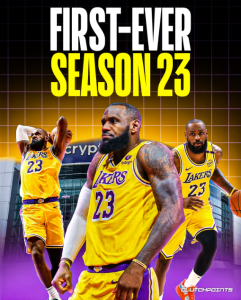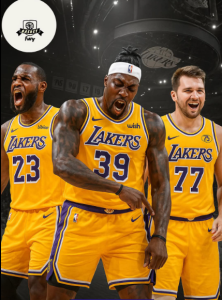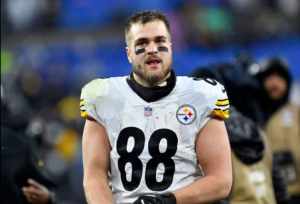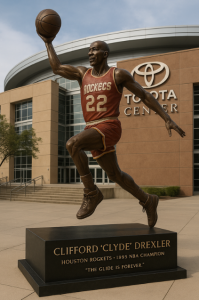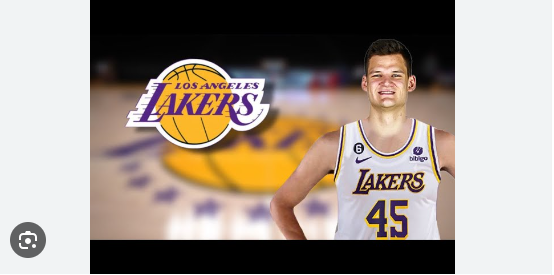
LeBron had previously preferred shorter contracts after his return to Cleveland, so his decision to commit longer to a Lakers team experiencing a five-year playoff drought was notable. ESPN’s Brian Windhorst reported that James chose this long-term approach to support the team’s rebuilding efforts, believing he could maintain his prime performance even at 33.
While James’s arrival significantly boosted the Lakers’ stature, the team was still a work in progress. It featured promising young talent, including former No. 2 pick Brandon Ingram, who had shown flashes of his potential and was starting to build chemistry with LeBron.

Ingram’s length, athleticism, and two-way potential positioned him as a crucial player to collaborate with James on the court. James praised Ingram’s potential, hinting that he could emerge as the “next” big star.
Despite LeBron’s presence, the Lakers were still viewed as a rebuilding squad that needed more All-Star talent around him. Meanwhile, head coach Luke Walton aimed to emphasize speed in the team’s playing style, seeking to increase the pace beyond the previous season’s already fast rate of 102.62 possessions per game, leveraging the team’s depth and youth to gain competitive advantages.
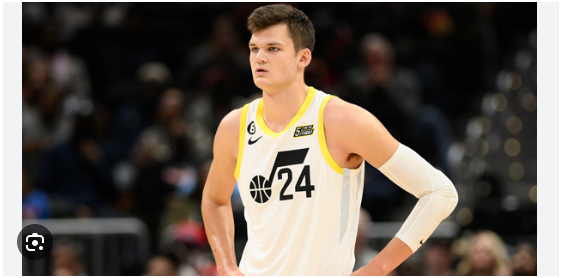
This strategy raised concerns about how LeBron, now in his 16th season with over 54,000 career minutes, would adjust to a faster-paced style of play. One of the many uncertainties surrounding the revamped Lakers was whether they could maintain this tempo with James on the court or if adjustments would be necessary during his rest periods.
